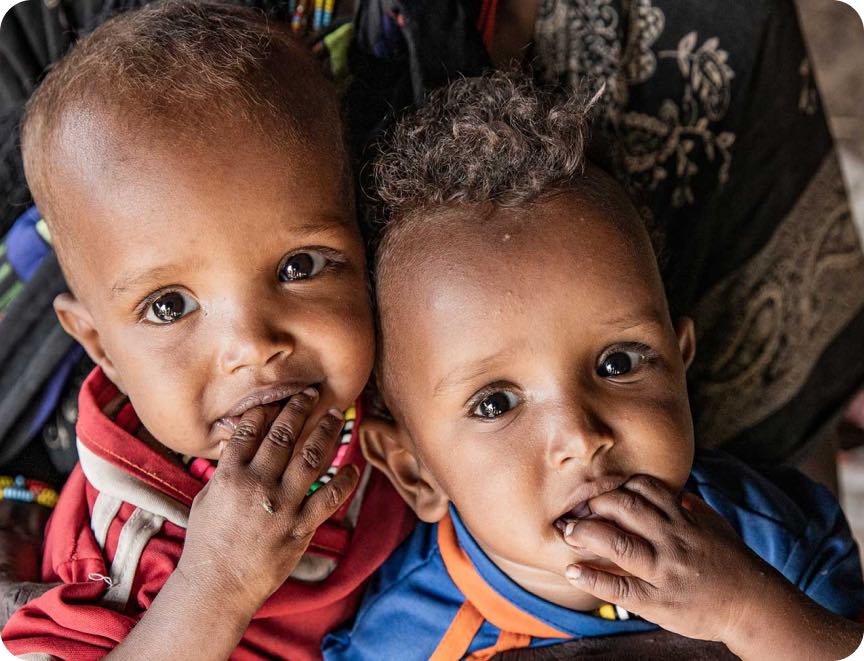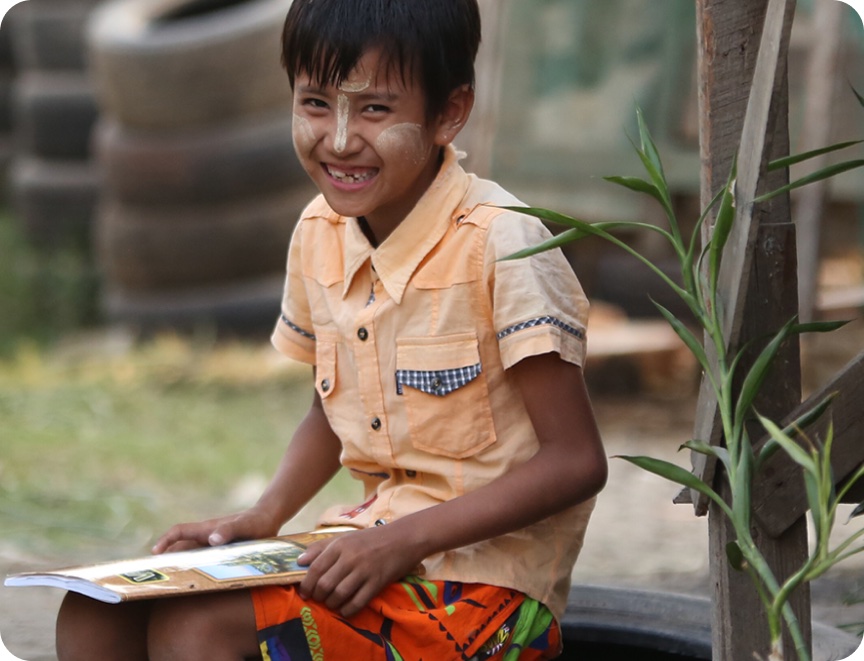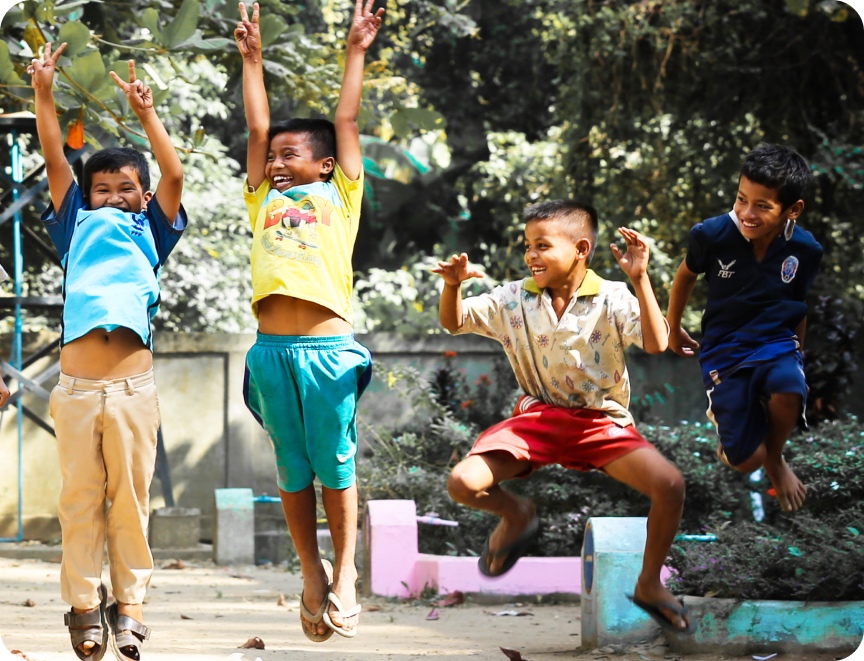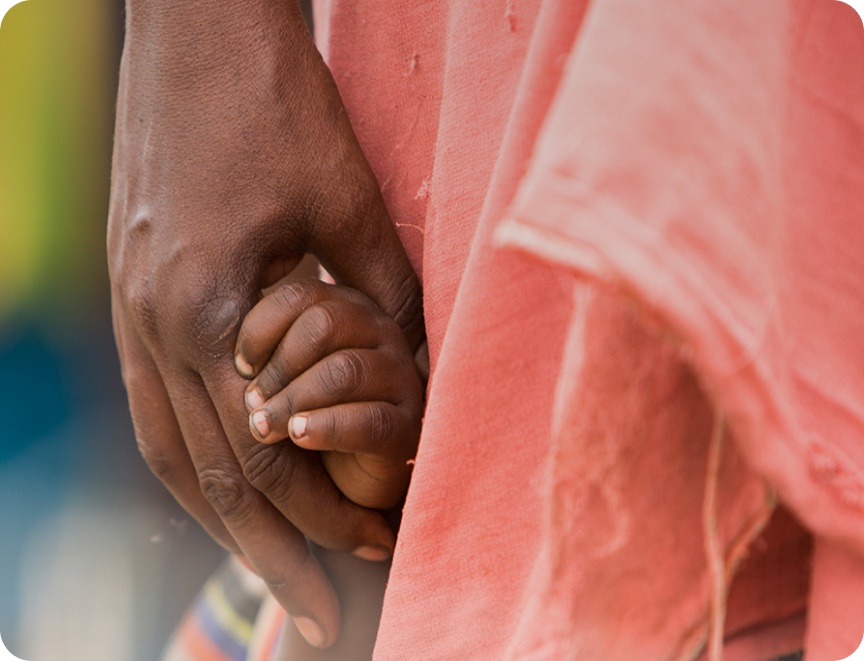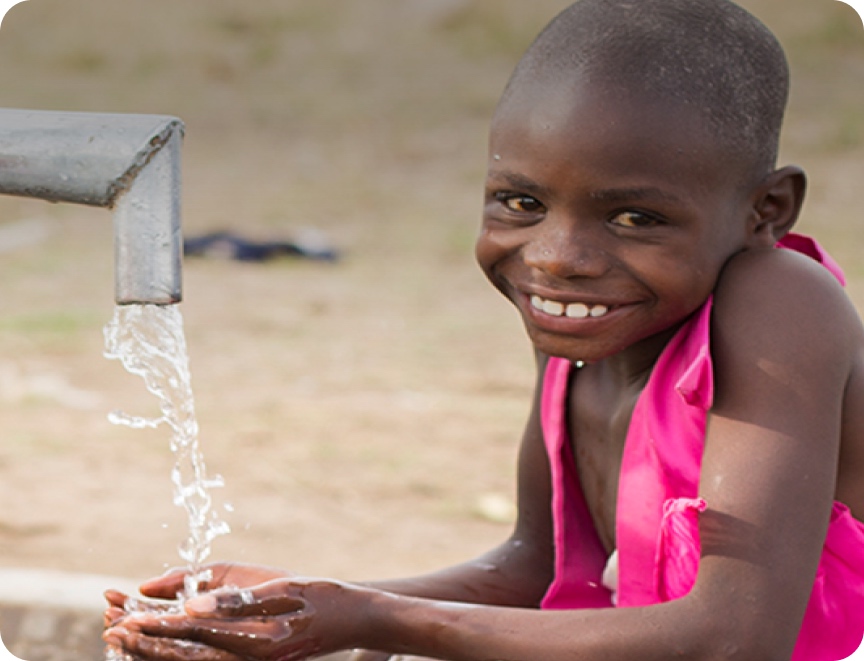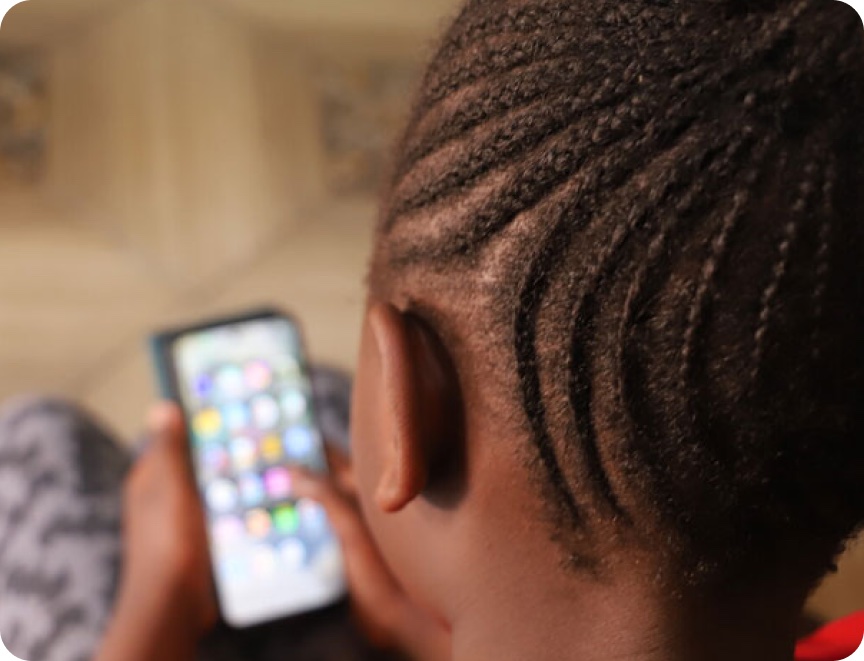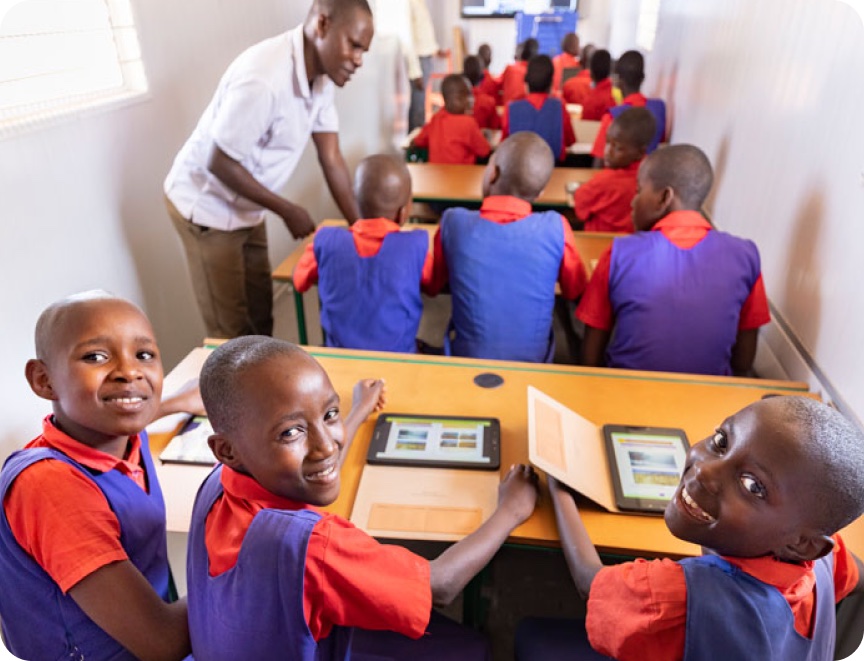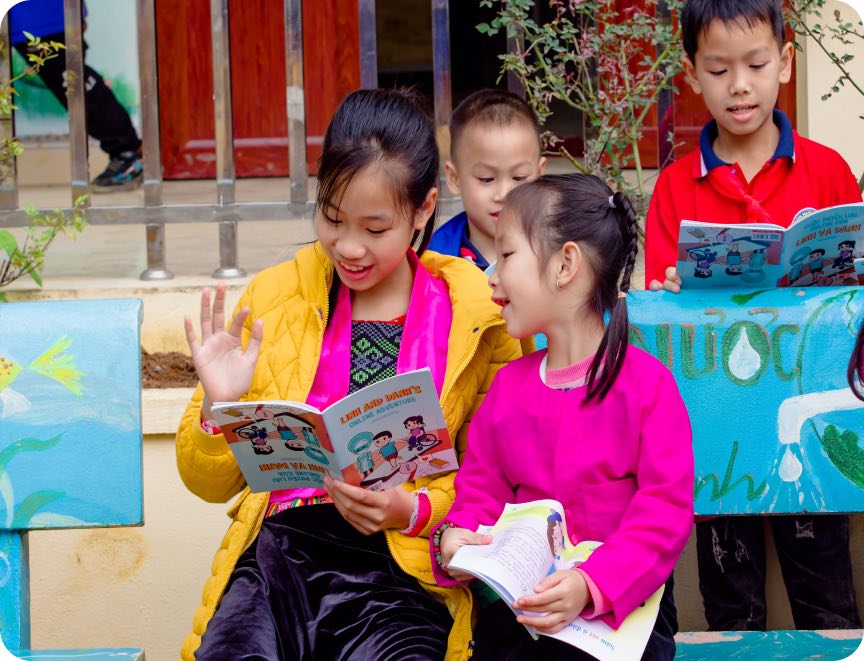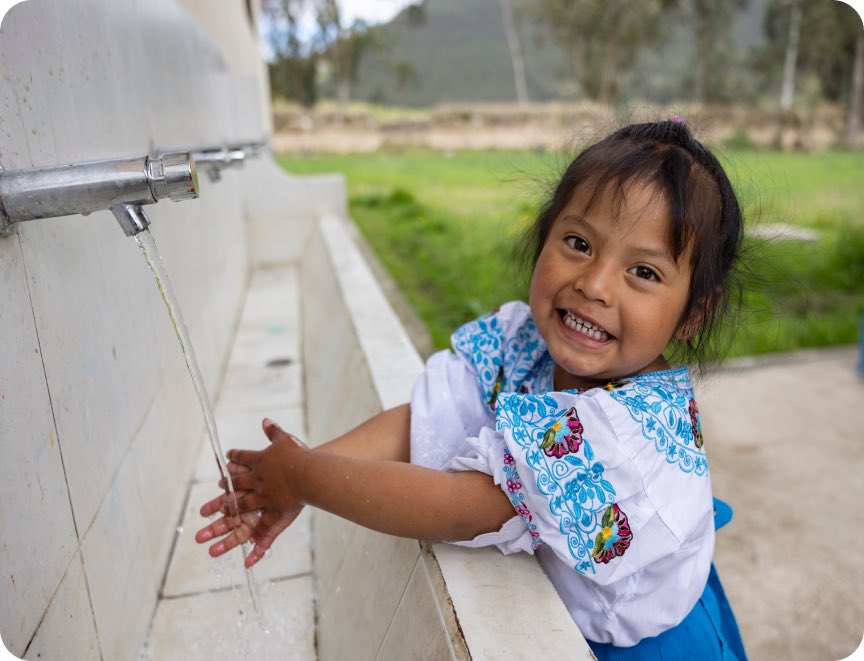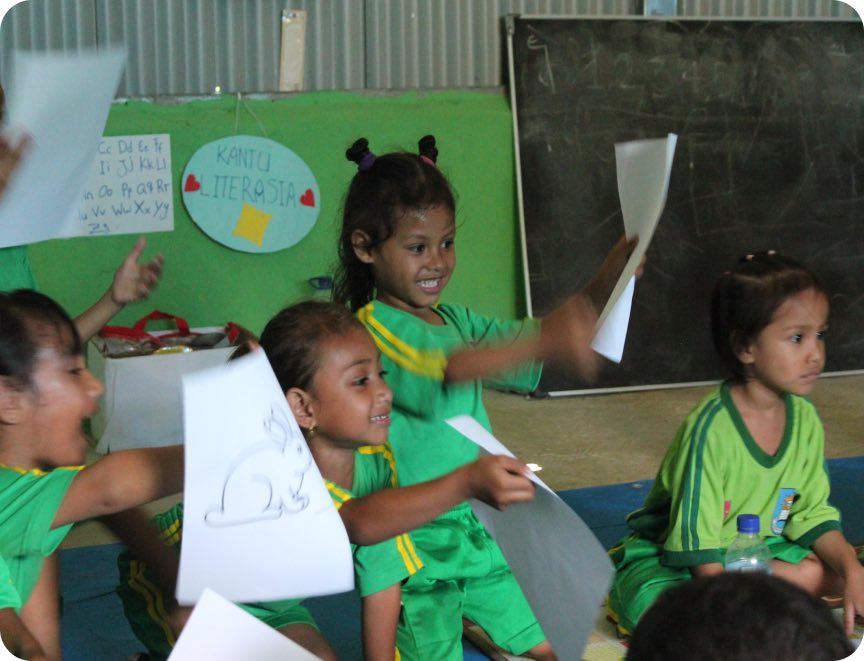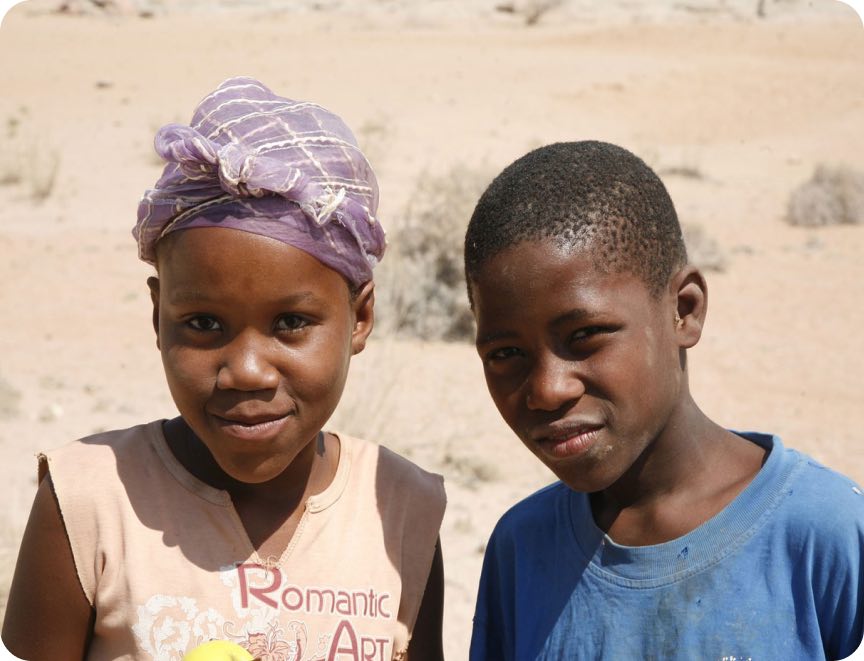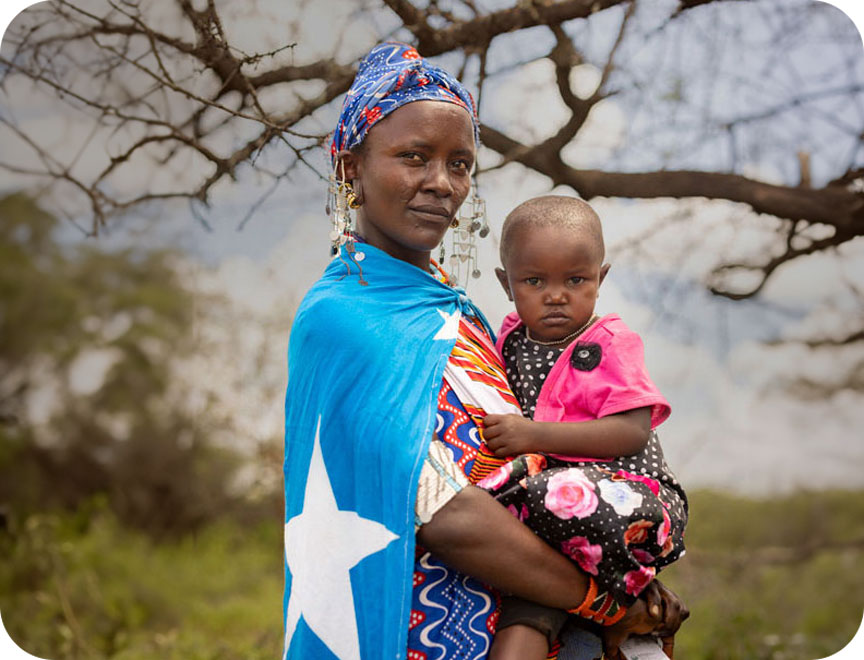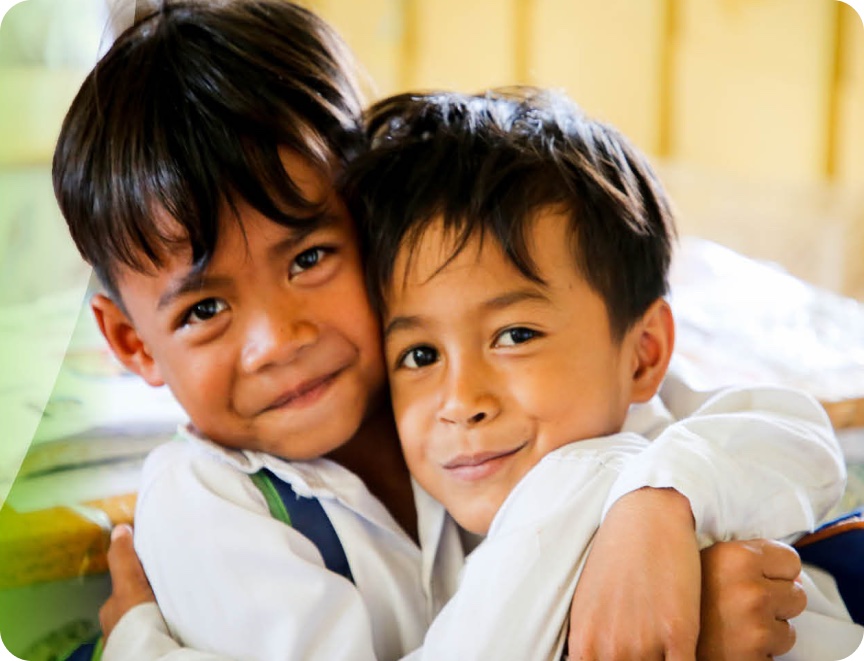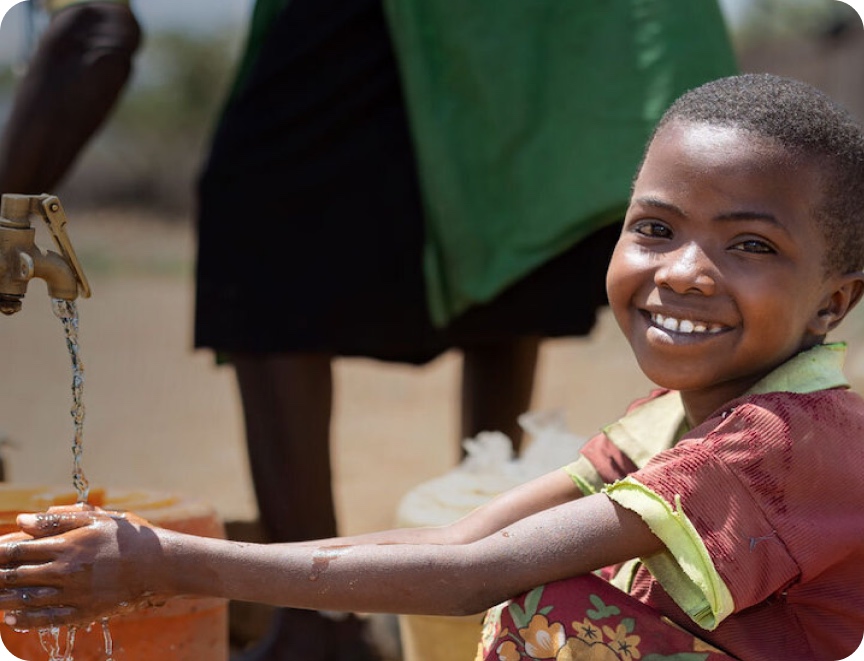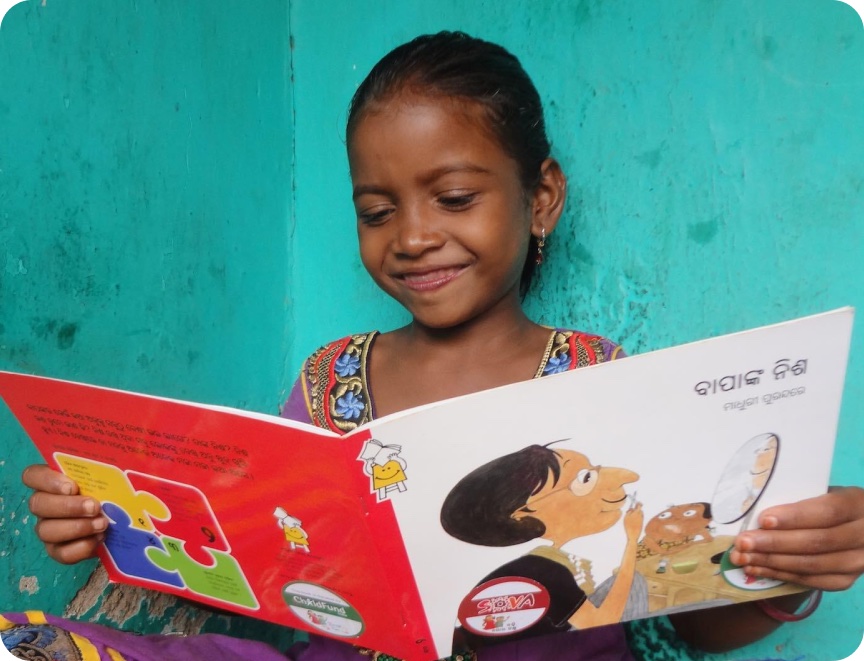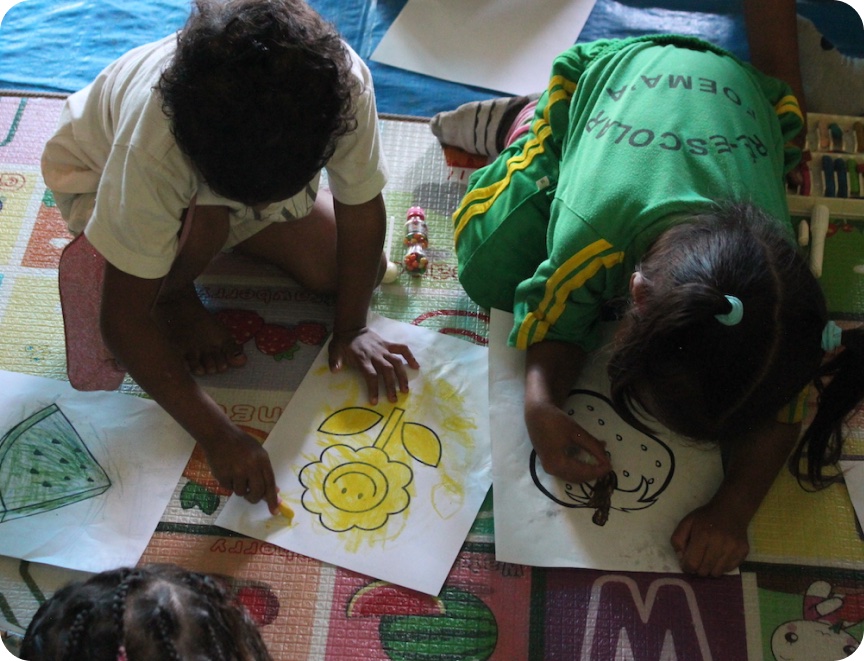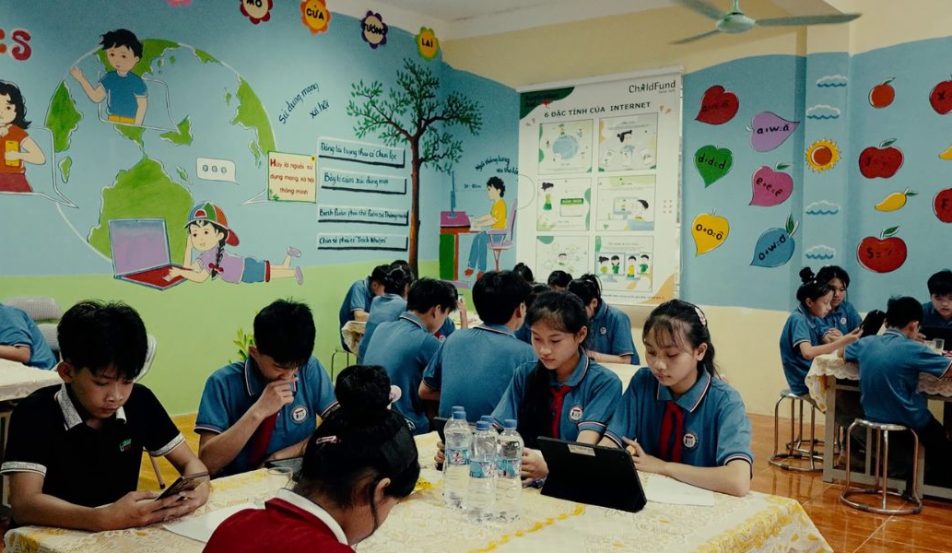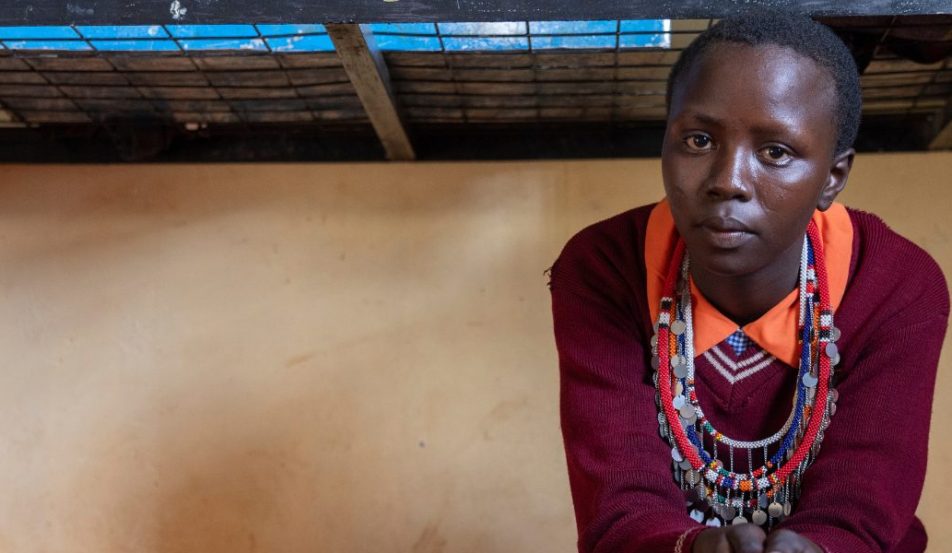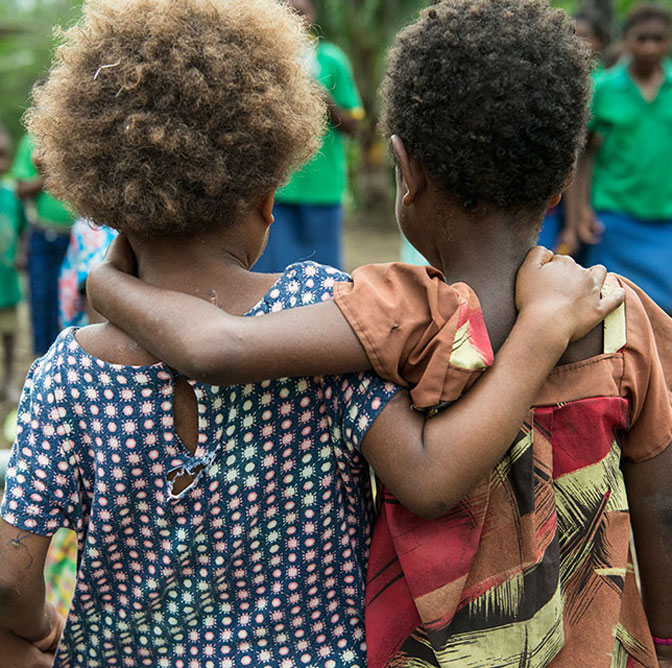Safeguarding the Next Generation: Takeaways from the Inaugural Pacific Cyber Week
In August, the first-ever Pacific Cyber Week was held in Fiji, bringing together governments, civil society and industry to progress action on cyber threats. For small island states, everyday online harms aren’t abstract or theoretical. They are happening right now, through scams targeting remittance payments, data-hungry apps in schools and AI systems arriving faster than regulation.
With Australia supporting the arrival of high-speed internet in the Pacific, it’s imperative that that we support communities to harness the benefit, and Australia, and its partners, keep clear sight of the duty to ‘do no harm’. That means we can’t separate cybersecurity from the very people who are impacted by cyber harms.
Every half second, a child goes online for the very first time. That’s a staggering 63 million new users each year. It’s no longer a matter of if but when a child will face online harm. In this blog, ChildFund Australia’s Senior Policy Advisor, Jacqui McKenzie, breaks down how we make the internet work better for children, offering practical takeaways for anyone concerned about child safety online.
Children’s privacy: The 72 million data point problem
Have you ever stopped to think about what happens when a child’s entire digital life is tracked?
By age 13, an estimated 72 million data points have been collected on a single child. Experts are calling this the “datafication of childhood.” Their data is widely collected, with too few controls, and not enough accountability.
This isn’t just about their favourite shows. It’s a deep, personal profile built from their likes, search history, watch time and spending habits. This data shapes their online world, allowing platforms to target them with everything from personalised streaming recommendations to deceptive advertisements, and in some cases, much more harmful content.
The reality is that as kids spend more time online, their digital experiences are increasingly shaped by commercial platforms that record, track and analyse almost everything they do – often for profit. This digital footprint follows them for life and can lead to irreversible harm. It makes them vulnerable to identity theft, scams and the sale of their live location data. Even when handled by legitimate companies, children’s data can be used design addictive features or sold to third parties.
This raises a critical question: How can we protect children’s data? The reality is sobering. In many countries, children have no more data protection than adults.
A Children’s Privacy Code can set clear boundaries and lift standards to protect data. A code would go beyond voluntary guidelines and focus on enforceable standards. In Australia, a Children’s Privacy Code will be finalised in 2026 and this should include enforceable rules that:
- Ensure services that children use have the strongest privacy settings turned on, by default.
- Minimise data collection by design. This means services should not collect anything more than what they need to provide a service.
- Ban targeted advertising and profiling of children.
- Prohibit precise geolocation for minors except in strictly defined cases.
- Require risk assessments and mitigation strategies for services aimed at children or likely to be accessed by children.
- Safeguard ed-tech. This means no third-party trackers, clear data maps and prohibiting onward sale of children’s data.
- Mandate plain-language privacy notices children and parents can actually understand.
Regulation is a non-negotiable for holding platforms accountable for user safety and protecting children from online harm. However, this is only half the solution. Regulation should work in tandem with community-based initiatives that support everyone to navigate the digital world safely.
The importance of digital literacy
Discussions at the conference made one thing crystal clear: you cannot divorce cybersecurity from the people it’s meant to protect. While infrastructure, firewalls and incident response is vital, protection starts with prevention and a core part of that is digital literacy. This isn’t a luxury – it’s a necessity, especially for children.
Young people are growing up having to navigate online environments designed to capture their attention and data, where every click, search and share could expose them to risk. Therefore, a truly protective approach to online safety must include age-appropriate digital literacy education from early adolescence. This includes:
- Critical thinking skills: Learning to question what you see online and understanding that a seemingly harmless post, like or photo could be used in ways you never intended.
- Navigating privacy settings and scams: We must equip young people with the practical skills to manage their digital lives. This includes teaching them how to effectively use privacy settings to control how their personal data is used, as well as how to identify and avoid scams, malicious content and people.
- Building the confidence to seek help: Online harm can be isolating. Children should know that it’s okay to ask for help and be provided with clear paths to do so. This means building their confidence to reach out to a trusted adult – whether that be a parent, teacher or caregiver – if they encounter something that makes them feel unsafe or uncomfortable online.
Building skills to enhance safety is necessary and digital literacy must be scaled up quickly to meet the pace of the challenge.
How does this work in regions like the Pacific? Schools are an important intervention, but community-based approaches are crucial where the geographic spread is considerable.
This is where real-world solutions like Swipe Safe come in. Launched by ChildFund Australia in Vietnam in 2017, Swipe Safe fills a critical gap in digital literacy education for children in the Asia-Pacific region. This program takes a comprehensive approach to digital literacy, providing age-appropriate education and skills building resources for young people aged 10-18. It uses interactive learning and practical examples to support children to make the most of what the internet can offer them. To date, Swipe Safe has reached over 60,000 young people across 10 countries.
Human rights must be the backbone of national AI strategies
As we empower young people with digital literacy skills, we must also ensure that the technologies they use are built on a solid foundation of safety and protection. This brings us to a crucial third point: AI.
As Peggy Hicks, Director, Thematic Engagement, Special Procedures and Right to Development Division, UN Human Rights Office (OHCHR) demonstrated during a session on AI – moderated by Lauren Perry, Responsible Technology Policy Specialist, Human Technology Institute – when we talk about safe and responsible AI, “ethics” often gets the spotlight. Ethical AI sounds good on paper, but reader beware – ethics are usually voluntary. Children need stronger guarantees that ensure safety isn’t a second thought but a prevailing guardrail based in international consensus.
If we want AI that is safe, fair and rights-based, we need more than just good intentions. We need to build on the proven and enforceable standards we already have. Human rights frameworks offer a clear and binding path forward, providing the backbone for a digital future that truly protects everyone.
This is because human rights frameworks:
- Are grounded in binding international law, not just principles.
- Have decades of global consensus and robust guidance behind them to turn principle to practice,
- Offer practical direction for both governments and businesses.
Therefore, by mapping AI guidance through a human rights lens, we can:
- Build on what’s already been decided.
- Create a clear flow from principle to practice.
Lay foundations for delivery that respect people’s cultures and needs. ust about avoiding risks; it’s about teaching kids to navigate the digital world with confidence and responsibility.
What’s next
Pacific Cyber Week underscored a simple truth: connection without protection is a bad deal for children, and their communities. We can take some big steps towards levelling that equation by ring-fencing their data, teaching skills that stick, and holding AI to the same human rights standards we expect offline.
Want to do more? If you’re building digital literacy in your school or community, explore ChildFund’s Swipe Safe app and curriculum. It’s a practical starting point while we work towards systemic changes for children.


